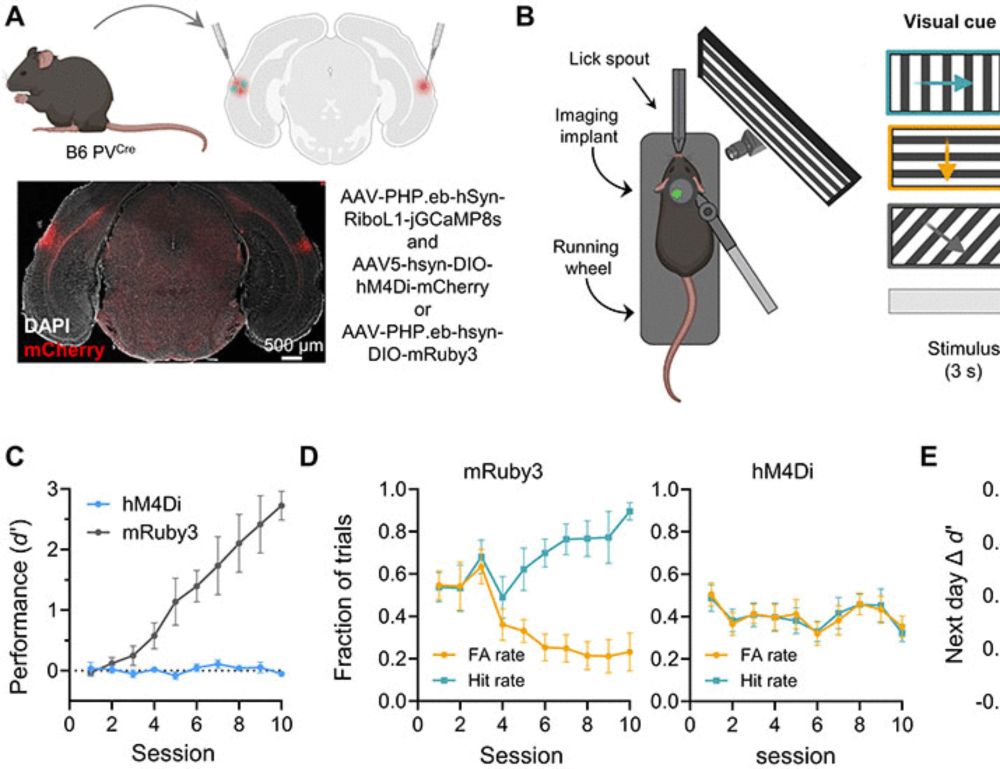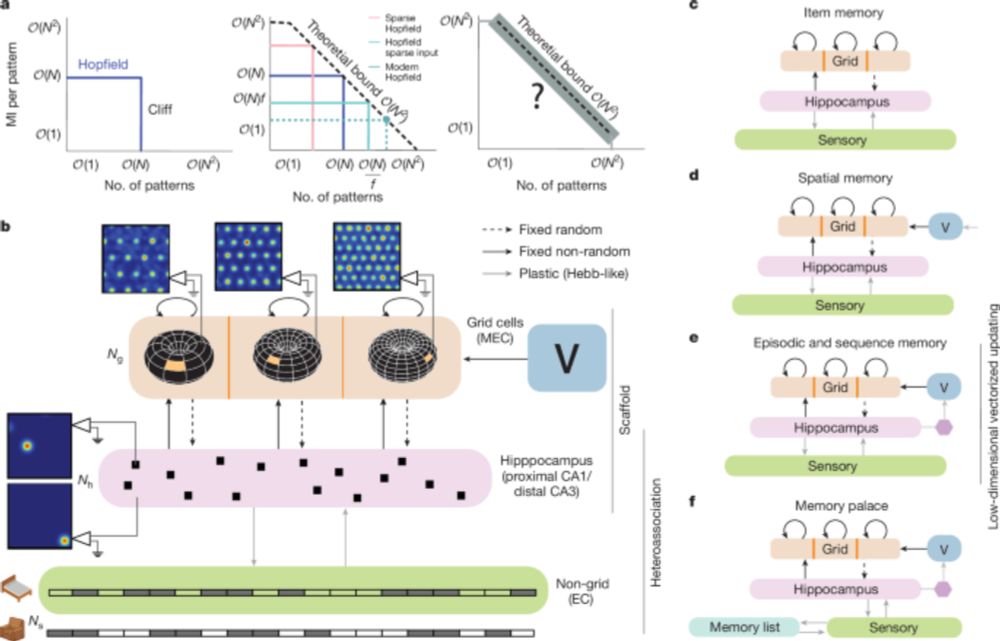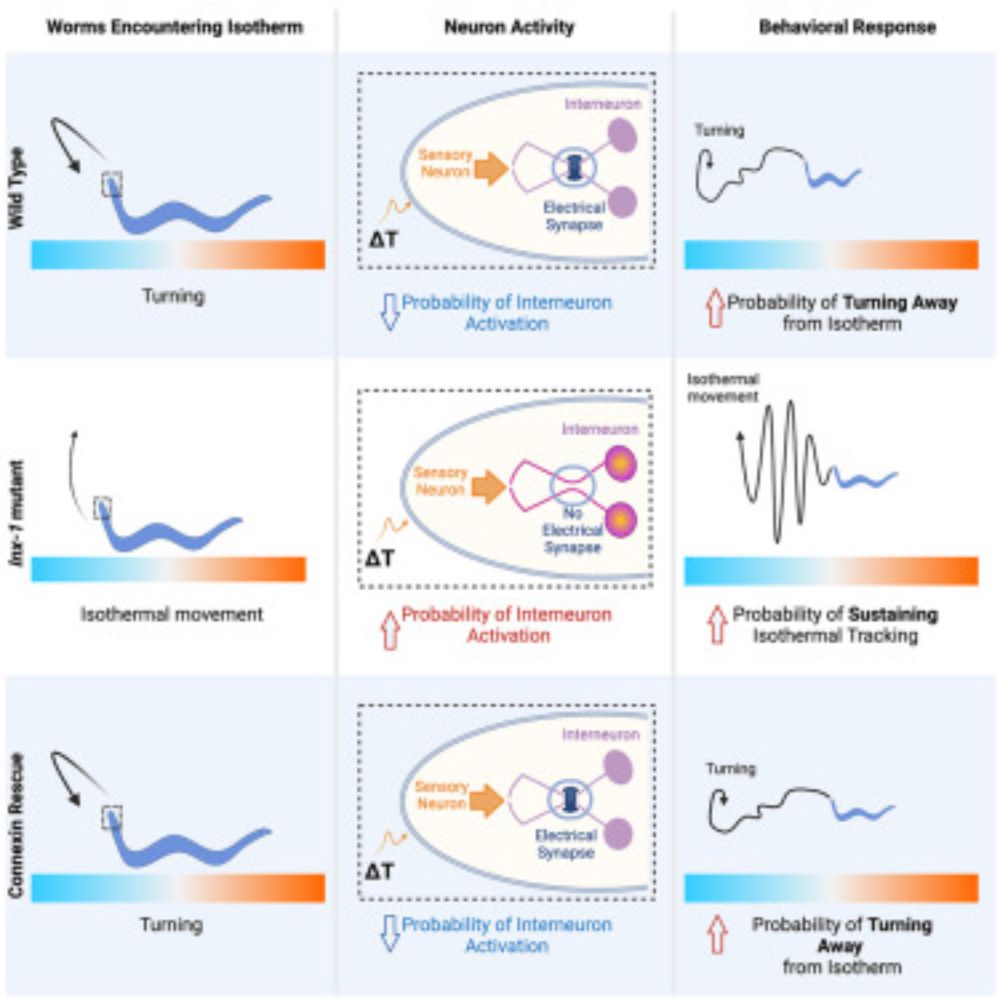
PhD student in Munich (TUM & MPI-BI)
previously: UW, IISER-P
A neural state space for episodic memories
www.sciencedirect.com/science/arti...
#neuroskyence #psychscisky #cognition 🧪

A neural state space for episodic memories
www.sciencedirect.com/science/arti...
#neuroskyence #psychscisky #cognition 🧪
With @vitorlds.bsky.social and David Dupret, we show that diversity in ripple current profiles shapes reactivation dynamics

With @vitorlds.bsky.social and David Dupret, we show that diversity in ripple current profiles shapes reactivation dynamics
How can the brain create countless unique memories using a single, universal metric of space? We’ve been waiting for the answer to this for two decades!
Read it here:
www.biorxiv.org/content/10.1...
How can the brain create countless unique memories using a single, universal metric of space? We’ve been waiting for the answer to this for two decades!
Read it here:
www.biorxiv.org/content/10.1...

doi.org/10.5281/zeno...
We unpick the tech industry’s marketing, hype, & harm; and we argue for safeguarding higher education, critical
thinking, expertise, academic freedom, & scientific integrity.
1/n




doi.org/10.5281/zeno...
We unpick the tech industry’s marketing, hype, & harm; and we argue for safeguarding higher education, critical
thinking, expertise, academic freedom, & scientific integrity.
1/n
Eric's: docs.google.com/document/d/1...
Mor's: s.tech.cornell.edu/phd-syllabus/
Eric's: docs.google.com/document/d/1...
Mor's: s.tech.cornell.edu/phd-syllabus/
Using wireless Neuropixels we recorded hippocampal activity in freely flying bats and uncovered replay and theta(less) sweeps, revealing striking differences from classic rodent models.
👉 www.nature.com/articles/s41...
Using wireless Neuropixels we recorded hippocampal activity in freely flying bats and uncovered replay and theta(less) sweeps, revealing striking differences from classic rodent models.
👉 www.nature.com/articles/s41...

Activity patterns drift. Representational maps are preserved.
Even after single neuron ablations, representational maps are recovered within days.
www.nature.com/articles/s41...

Activity patterns drift. Representational maps are preserved.
Even after single neuron ablations, representational maps are recovered within days.
When a chickadee looks at a distant location, the same place cells activate as if it were actually there 👁️
The hippocampus encodes where the bird is looking, AND what it expects to see next -- enabling spatial reasoning from afar
bit.ly/3HvWSum
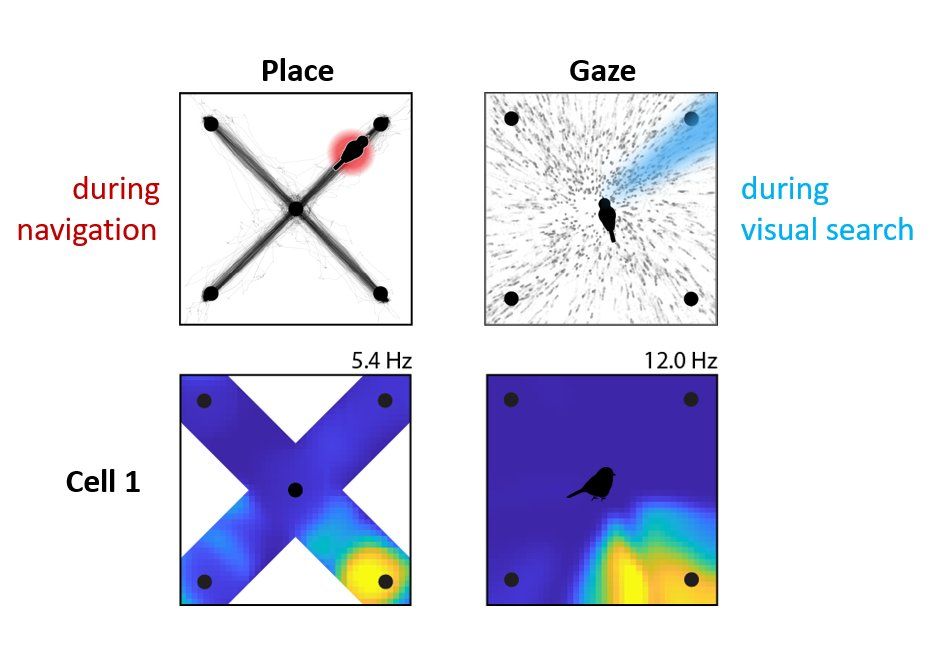
When a chickadee looks at a distant location, the same place cells activate as if it were actually there 👁️
The hippocampus encodes where the bird is looking, AND what it expects to see next -- enabling spatial reasoning from afar
bit.ly/3HvWSum
www.nature.com/articles/s41...
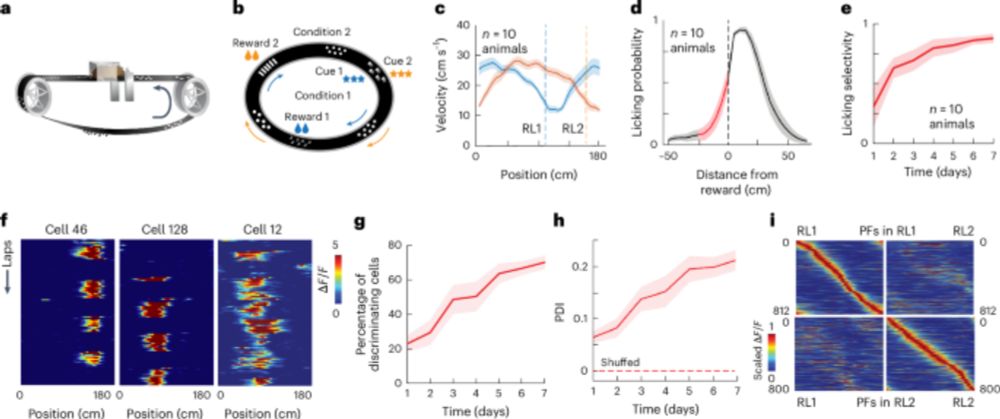
www.nature.com/articles/s41...
I contributed a chapter, "Memory and Planning in Brains and Machines".
You can download the entire book for free:
library.oapen.org/bitstream/ha...
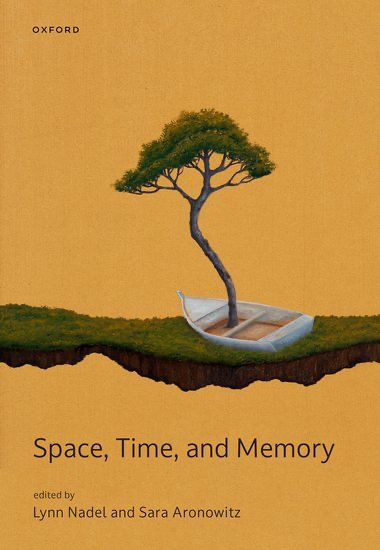
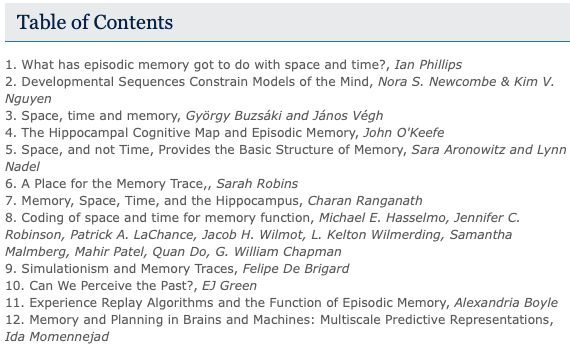
I contributed a chapter, "Memory and Planning in Brains and Machines".
You can download the entire book for free:
library.oapen.org/bitstream/ha...
royalsocietypublishing.org/doi/full/10....
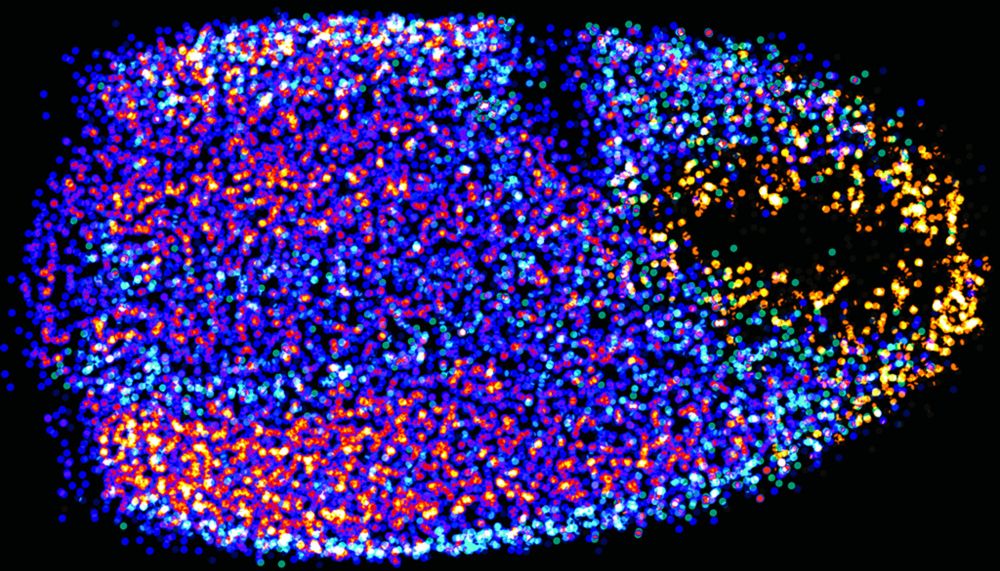
royalsocietypublishing.org/doi/full/10....
rdcu.be/el18q
A short thread follows for those interested.
1/n
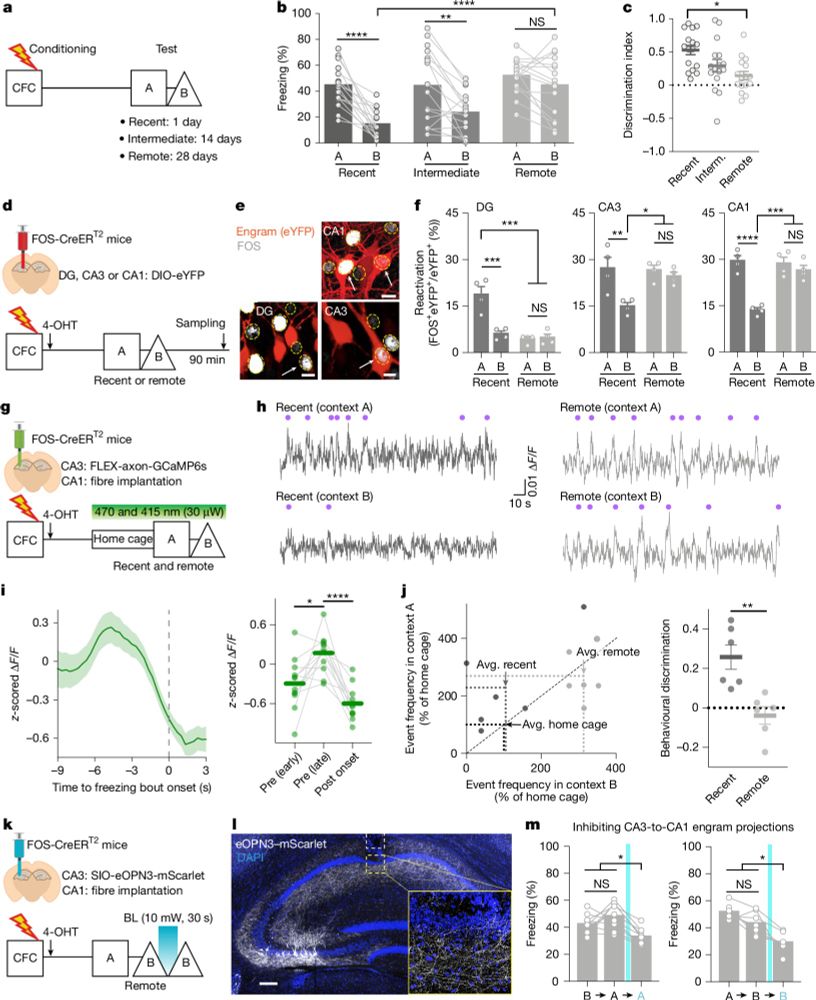
rdcu.be/el18q
A short thread follows for those interested.
1/n
#neuroskyence 🧪
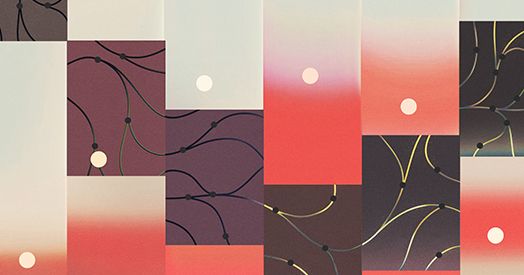
#neuroskyence 🧪
#BTSP #STDP #hippocampus #CA1 #CA3
#FirstBlueskyTweet
www.nature.com/articles/s41...
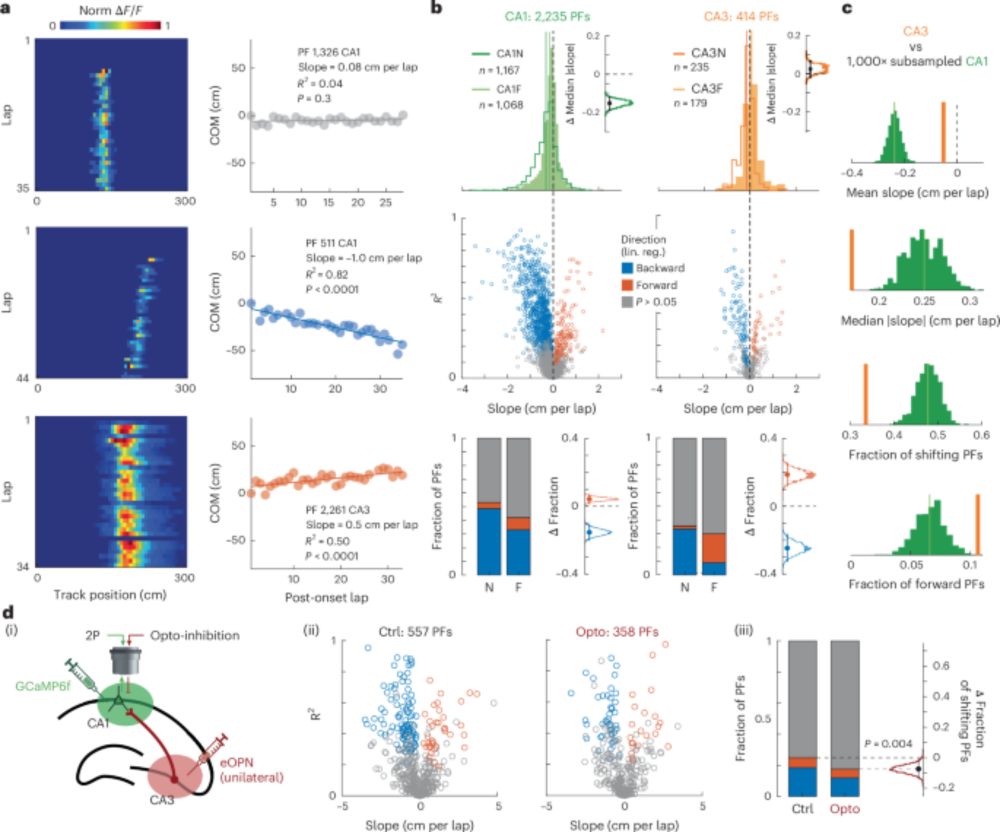
#BTSP #STDP #hippocampus #CA1 #CA3
#FirstBlueskyTweet
